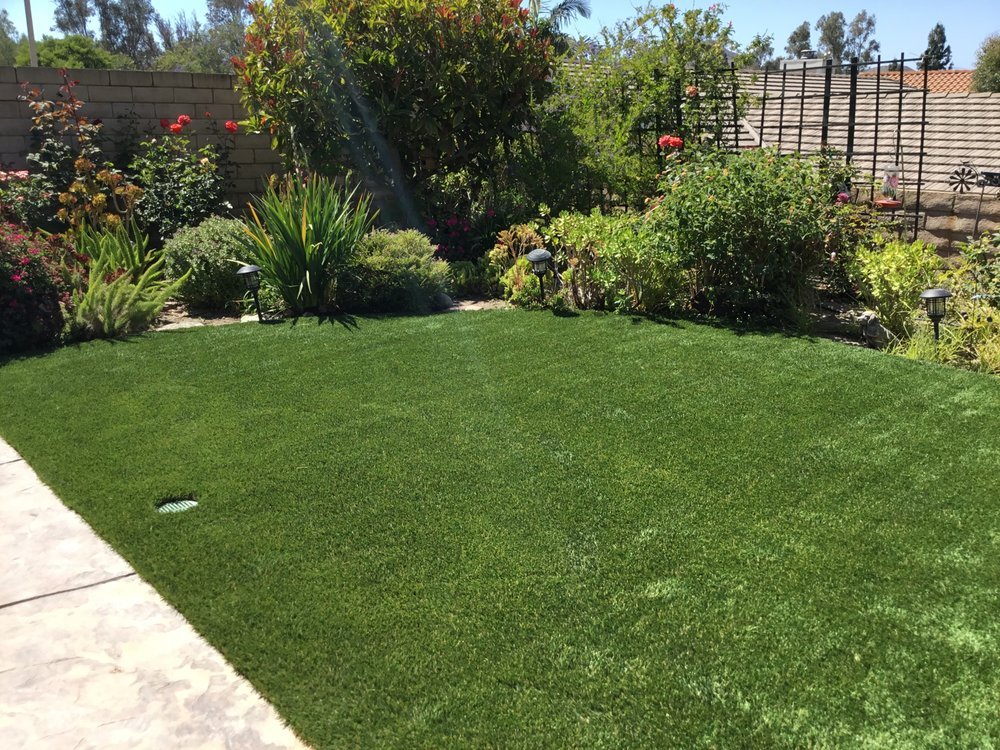The fact that artificial grass requires little maintenance is certainly one of the biggest benefits in deciding whether to use it. However, when rainy weather hits, you might question how well your artificial turf will hold up. The good news is that high-quality artificial grass is perfect for use in all weather conditions. As long as you are familiar with the fundamentals, even days of downpours will not affect your artificial turf.
Start with proper installation
Many people want to know, does artificial grass drain well? In fact, it offers excellent drainage, especially in rainy and changeable weather conditions.
Artificial grass is breathable and drains as well as real grass, if not better. The secret is to put it on a suitable foundation and let it drain naturally. In fact, you might be surprised at how quickly rain evaporates. You can use the garden as soon as the rain stops, as there won't be any muddy areas or standing water to worry about.
Take advantage of the rainy weather
If you maintain your artificial turf on a regular basis, use water for the rinsing process. That means you'll just let it get washed out by the rain. Pro tip: If rain is expected, remove any debris from the area ahead of time to prevent it from sticking to the blades of your artificial turf.
Instead, if there are dry spells, you only need to water the grass occasionally to keep it looking clean and beautiful. In either case, you don't need to worry about whether it's raining to maintain the best view possible.
brush your artificial turf
Heavy rain can make your artificial turf look a bit flat. The likelihood of this happening increases if maintenance between storms is not implemented. Don't worry, this is normal. The same thing happens with plants and grass.
Luckily, we have tips on how to fix a flattened artificial turf. Cross brushing is recommended to give your lawn a new look. This method of brushing the artificial grass will prevent the fill from becoming compacted and prevent it from becoming matted over time. Just keep an eye out for any flattened sections and correct them quickly.
Remove wet debris by hand
Anything left on grass after a downpour has the potential to get wet and stick to lawn blades. This can happen to food scraps, cardboard, or any other item left on after a rainstorm but then forgotten about. Most of the time, the litter may just be removed from your artificial turf and disposed of effortlessly, even if it is wet.

Snow and Ice Solutions
You'll soon be relieved to find that even the heaviest downpours won't affect your artificial turf. However, you may be concerned that ice and snow will test grass harder over time. But don't worry, when the temperature rises, the ice and snow will melt and flow away like rain. Of course, if you need to use grass for any reason and haven't done so yet due to the melt, you may need to remove it manually.
The easiest way to achieve this without disturbing the artificial turf is to use a shovel to remove only the top layer. The next inch or so can then be simply removed with a brush without harming the underlying grass.
By following these easy-to-implement tips, you can ensure your artificial turf looks great, even on a rainy day.


Share:
Is artificial turf slippery when wet?
What to do with Old Artificial Turf?